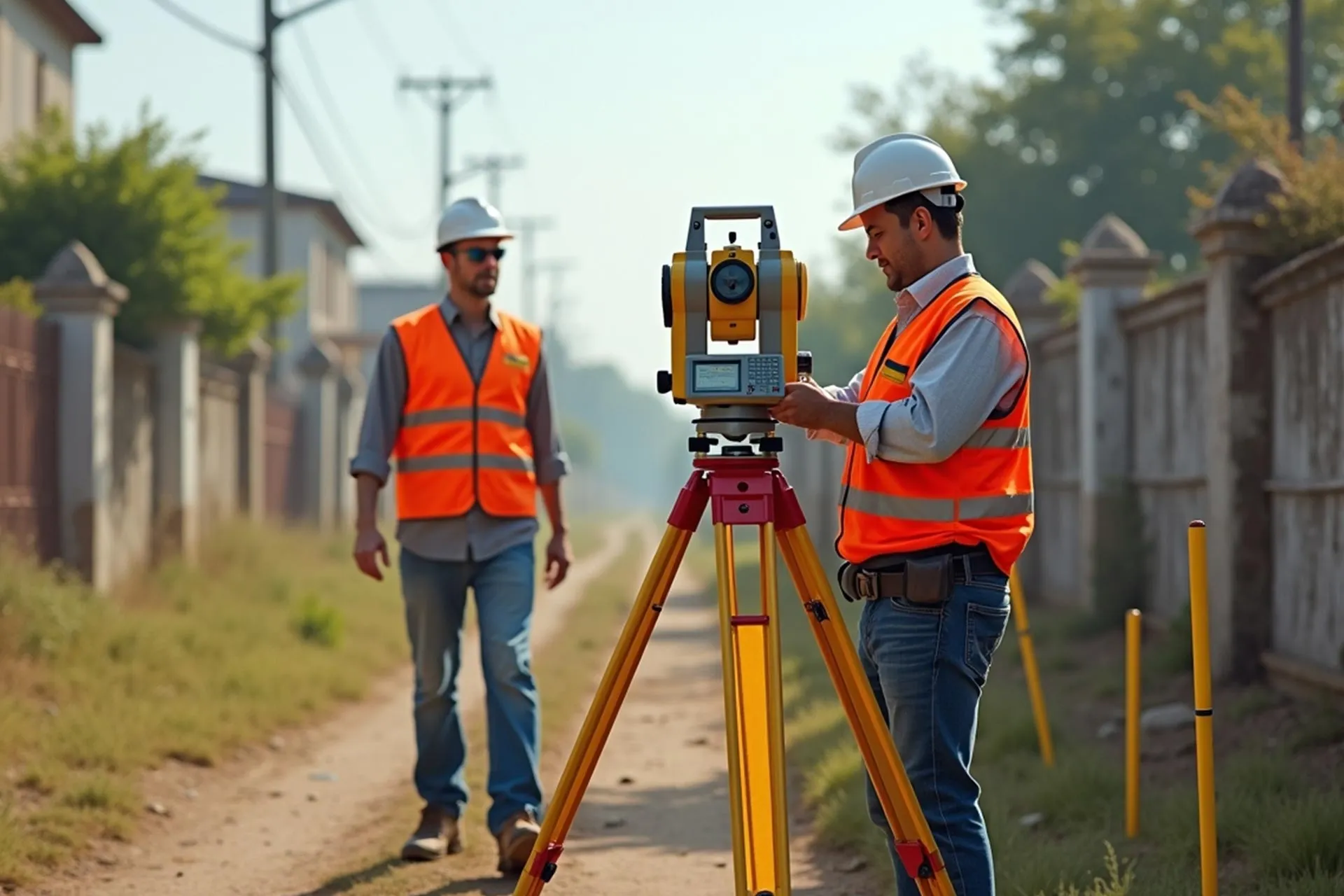Legal Insights & Case Studies
Home / Resource / Legal Insights & Case Studies
Locations:
Company : Survey of Party Wall
Contact : (+44) 741 449 4409
Email : info@surveyofpartywall.co.uk
Service Summary
An Adjoining Owner Survey is a protective service for homeowners whose neighbours are undertaking construction work covered by the Party Wall etc. Act 1996. By appointing an impartial, qualified surveyor, you secure expert advocacy to safeguard your property and assert your legal rights.
Objectives
- Prevent structural damage
- Enforce your legal rights
- Obtain expert, impartial oversight
- Document property condition pre-construction
- Ensure safe, compliant work
Tools & Methods Used
- Photographic pre-work report
- Legal governing agreement
- Risk assessment of construction methods
- Compliance monitoring during work

When does the Act apply?
When works affect a shared/boundary wall or qualifying excavations near a neighbour’s structure.


How long to wait?
S2 = 2 calendar months; s.1/s.6 = 1 calendar month; silence after 14 days = dissent.
What protects both sides?
A Party Wall Award (scope, access, hours, damage remedies) + a Schedule of Condition.
Quick Legal Insights
Legal Insights as below
1) Section 6 (Adjacent Excavation) — 3m/6m rule
Section 6 is typically triggered if you excavate within 3m and deeper than the neighbour’s foundations, or within 6m where a 45° plane from the neighbour’s foundation is intersected.
Use this if you’re planning: basements, deep rear extensions, piled foundations.
2) Consent vs Dissent — what silence means
If an adjoining owner doesn’t reply within 14 days, it’s deemed dissent. Next step: appoint surveyor(s) and progress to an Award.
Tip: A friendly pre-brief and sharing drawings early improves consent rates.
The Party Wall Award — Your Rulebook
The Party Wall Agreement/Award sets out access, working hours, methods, and making-good/compensation routes. It’s enforceable and protects both parties.
Tip: Always record a Schedule of Condition before works begin.
Notice validity & timelines
Notices generally cease to have effect after 12 months if works haven’t started. Use calendar months (not “30 days”).
Example: s.2 served 10 Sept → earliest start 10 Nov.
Access Licences vs Rights Under the Act
The Act may grant reasonable access for notifiable works, but scaffolds/oversail often require a separate access licence (commercial terms, protection, indemnities).
Appeals and variations
An Award can typically be appealed within 14 days of service. Minor on-site realities are usually handled via variation/addendum rather than litigation.
Who pays the surveyors?
Usually the building owner; exceptions arise where the adjoining owner requests extras that solely benefit them. The Award clarifies costs.
Case Studies (London)
Case Study 1 — Basement Underpin within 3m (s.6 Trigger)
Facts:
Mid-terrace owner proposed a basement lower than neighbouring footings. Distance to neighbour’s structure ~2.8m.
Issue:
s.6 clearly engaged; neighbour worried about subsidence.
Action:
Served s.6 with drawings & method statements; Schedule of Condition completed; vibration monitoring agreed; Award issued with sequencing and protection measures.
Outcome:
Excavation completed without damage; monitoring logs shared weekly; no claims raised; project delivered on schedule.
Lessons:
Early clarity on depth/distance and a technical method statement turn objections into consent or manageable dissent.
Case Study 2 — Loft Steels into Party Wall; Neighbour Silent
Facts:
Loft conversion requiring steels bearing into party wall; neighbour didn’t respond to s.2.
Issue:
Deemed dissent after 14 days; timing risk for builder.
Action:
Appointed Agreed Surveyor with both parties’ consent; swift Schedule of Condition; Award set quiet hours and making-good protocol.
Outcome:
Works started within statutory window; minor hairline crack post-works acknowledged and made good promptly.
Lessons:
One surveyor can be faster/cost-effective if both parties consent. Evidence + clear comms keep goodwill.
Case Study 3 — Rear Extension Oversail & Access Licence
Facts:
Rear extension needed scaffold footings and a small oversail beyond the property line.
Issue:
Act allowed reasonable access, but oversail required an access licence on commercial terms.
Action:
Parallel track: served s.1/s.2; negotiated access licence with indemnities, ties, protection mats, and make-good terms; Award reflected coordination.
Outcome:
No stoppages; licence fee agreed; zero damage claims; neighbour relations intact.
Lessons:
Don’t assume the Act covers oversail; early licence discussion prevents site standstill.
Case Study 4 — Crack Dispute Resolved by Evidence
Facts:
Adjoining owner alleged new cracks after underpinning.
Issue:
Causation vs pre-existing condition.
Action:
Referenced Schedule of Condition photos/video; compared like-for-like locations; joint inspection under the Award.
Outcome:
Several cracks evidenced as pre-existing; one new hairline accepted; making-good performed without dispute escalation.
Lessons:
The condition survey is the “truth file.” It protects both sides and short-circuits arguments.
Legal Disclaimer
These case studies are anonymised London scenarios for educational guidance only. They are not legal advice. Always follow the Party Wall etc. Act 1996 and consult a qualified surveyor/solicitor for your specific circumstances.
Helpful Tools & Templates
- Get your lawful start date (calendar-month calculator)
- S.6 Trigger Checker (3m/6m + 45° rule)
- Go/No-Go Checker (14-day response, 12-month validity)
- Free notice templates (s.1, s.2, s.6) — Word/PDF
- Neighbour Welcome Pack — dust/noise plan + contacts
Need Help?
Our experienced team of Party Wall Surveyors in London provide affordable Party Wall services, ensuring your project remains compliant, neighbourly, and on schedule.
Request a callback and get a FREE quote

